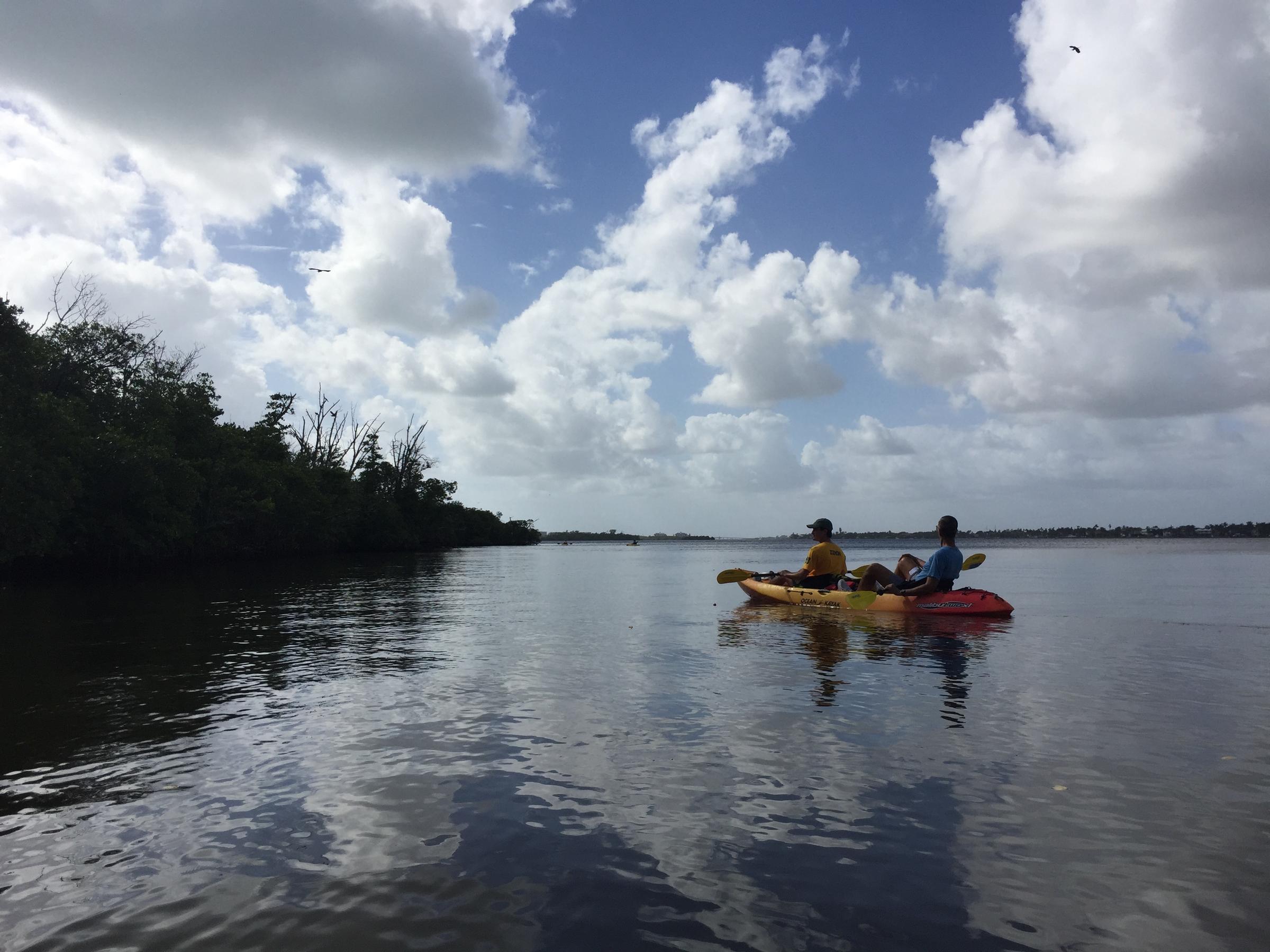Transplanted Trees Help Restore Habitat on Bingham Island Sanctuary
Contact: Sean Cooley, Communications Manager, (850) 999-1030, scooley@audubon.org
PALM BEACH, Fla. (June 1, 2017) - Audubon botanists and volunteers were working on Bingham Island – the largest of the Audubon Islands in their Lake Worth Lagoon wildlife sanctuary – when they noticed red ribbons tied around dozens of trees along the Southern Boulevard Bridge Causeway. Contractors working with the Florida Department of Transportation (FDOT) confirmed that those trees were slated to be cut down before the area was used for reconstruction of the bridge.
Upon closer inspection, it was revealed that among the trees marked for removal were mature green buttonwoods, sea grapes, sable palms, wild olives and limber capers – trees that are prized by local botanists, garden club members, and landscape designers. Audubon Florida and their local volunteers decided to launch a rescue mission. The bridge reconstruction schedule was closing in on them, and they had to work fast.
“We were in the midst of planting native trees and plants in the sanctuary when we saw those red ribbons tied around the trunks of such magnificent trees”, said Campion Platt, a local architect who serves on the Audubon Islands Sanctuary Committee. “It seemed such a waste, we knew we had to save them.”
The root pruning around the trees to be moved was started this week, and the first tree will be moved into the sanctuary on Monday, June 5 – World Environment Day. It’s a fitting occasion, and the team is thrilled to recognize the occasion by taking this action – which all now believe will leave a lasting impact.
“Our local volunteers were determined to get this done,” said Eric Draper, Executive Director of Audubon Florida. “It was a challenge to encourage local permitting agencies to move that quickly, but in the end, we were really fortunate to be able to get permission from FDOT, the Florida Department of Environmental Protection, and the Town of Palm Beach – and they’ve been great partners.”
The first tree to be moved is a majestic native sable palm – a “champion tree” as they call it, over thirty feet high.
“We thought it was ironic that they were going to cut down these beautiful trees right next to where we were replanting our tropical island sanctuary, featuring many of the same trees,” said Katie Carpenter, a local filmmaker who also works on the island restoration project. “We just knew we had to find a way to rescue them and put them into our sanctuary. It’s nesting season – birds need trees, and so do we.”
The Audubon Islands were originally leased to Audubon in 1942 by the Bingham, Bolton, and Blossom families of Palm Beach to keep them as a wildlife sanctuary. The lease extends 99 years to 2041. As development grows rapidly around the Lake Worth Lagoon and in the surrounding areas, these islands provide important natural habitat for coastal birds and other wildlife.
The islands feature some of the most beloved trees of antique Florida habitats, including the gumbo limbo, mastic, caper, buttonwood, ironwood, sable palms, and strangler figs. Seventy years ago, herons, egrets, and pelicans nested frequently on the islands. But over the years, exotic invasive plants and trees infested the islands and damaged important bird habitat. Audubon launched the restoration project in 2016, and now, over 250 native plants are growing in place of the invasive species.
“This is a win for nature and for the local volunteers,” Draper said. “We are grateful to the Florida Department of Transportation and to the Town of Palm Beach for allowing the restoration work and relocating these beautiful trees.”
###
Photos below are available for use. Credit to Audubon Florida.
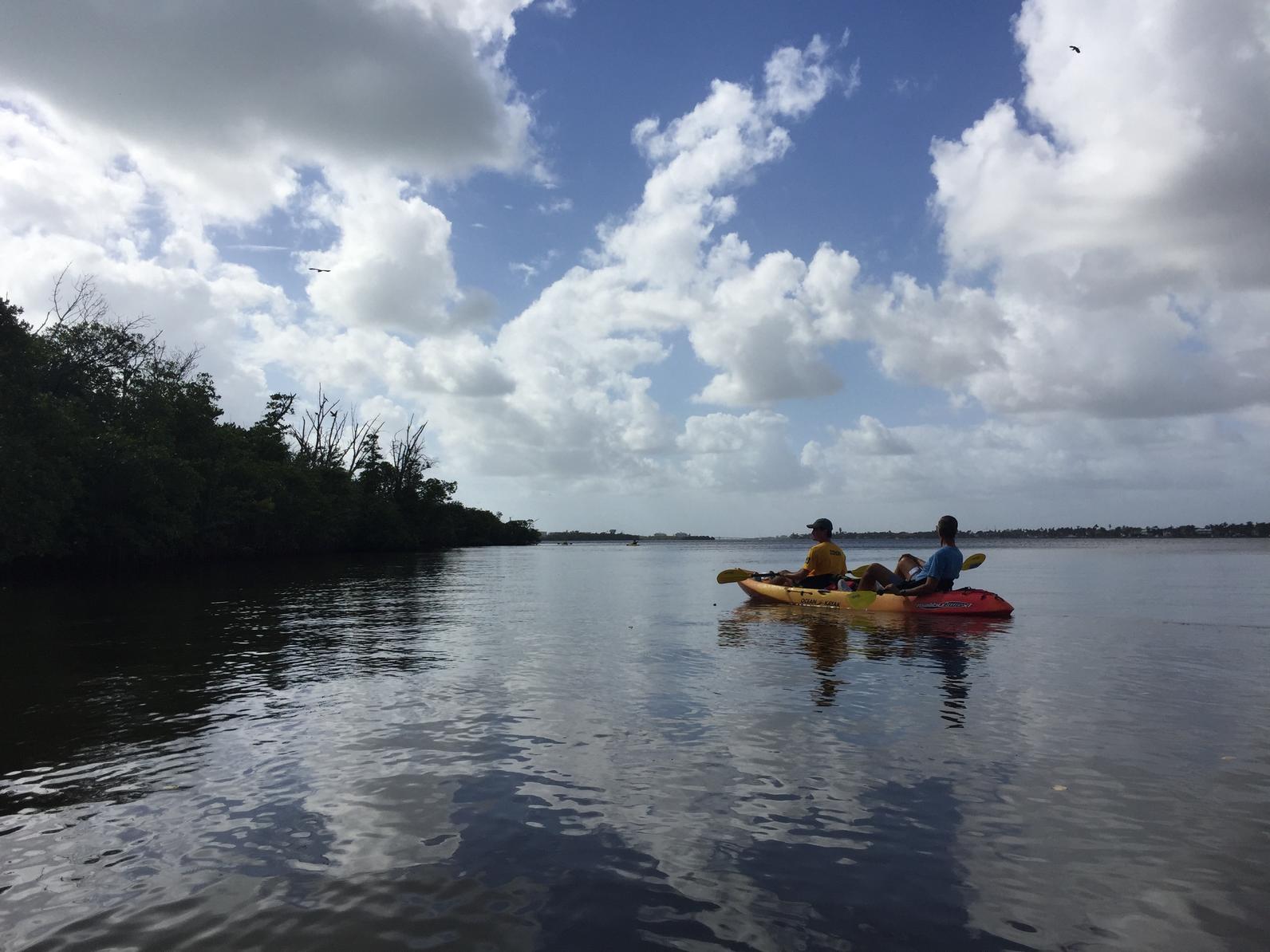 |
Kayakers explore the Audubon Islands Sanctuary in Palm Beach’s Lake Worth Lagoon |
Download high resolution |
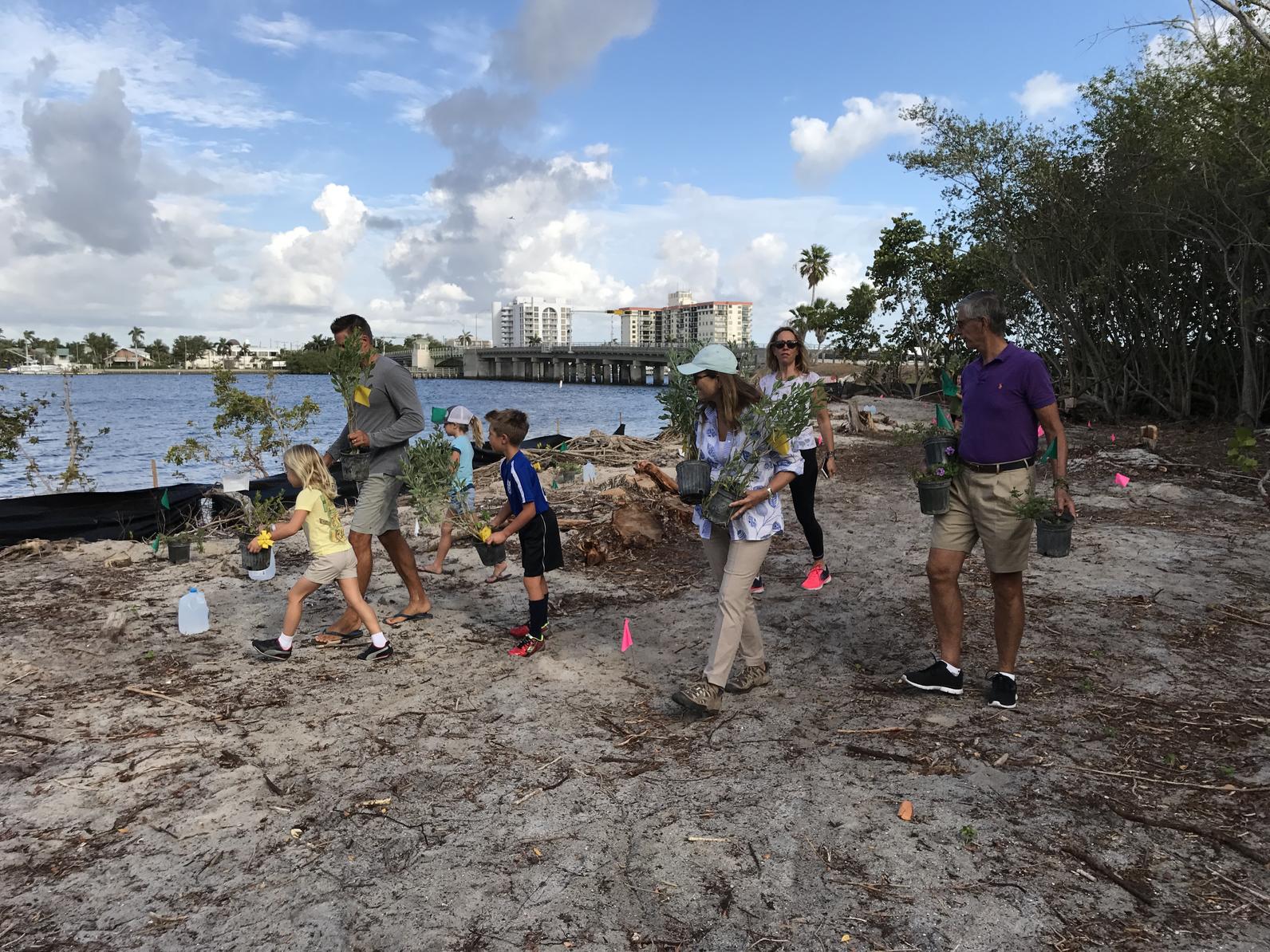 |
Palm Beach residents join Audubon staff to plant native trees and shrubs on Bingham Island, part of the Audubon Islands Sanctuary | Download high resolution |
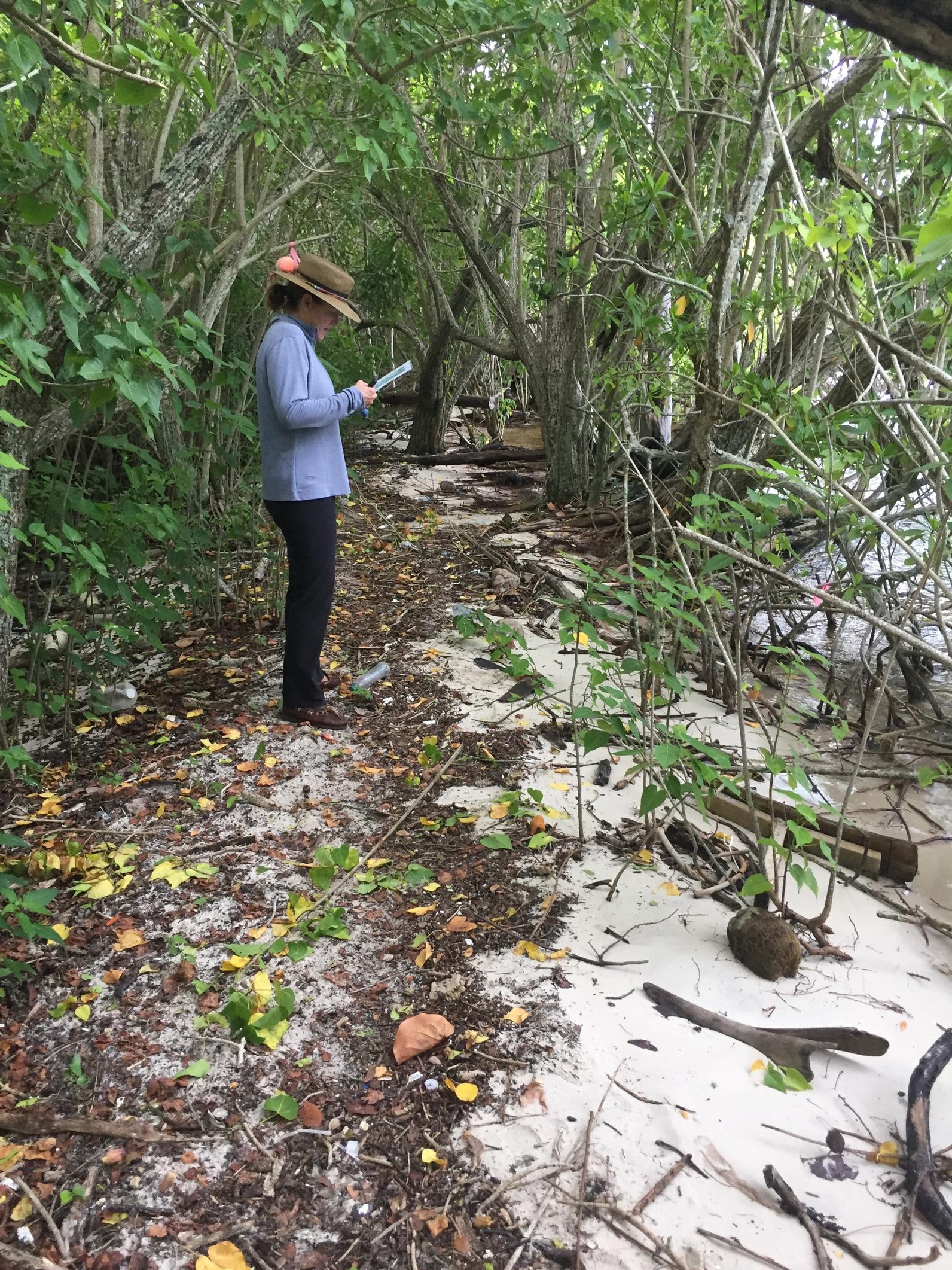 |
Local Palm Beach naturalists helping Audubon with the botanical restoration of their sanctuary on Bingham Island | Download high resolution |
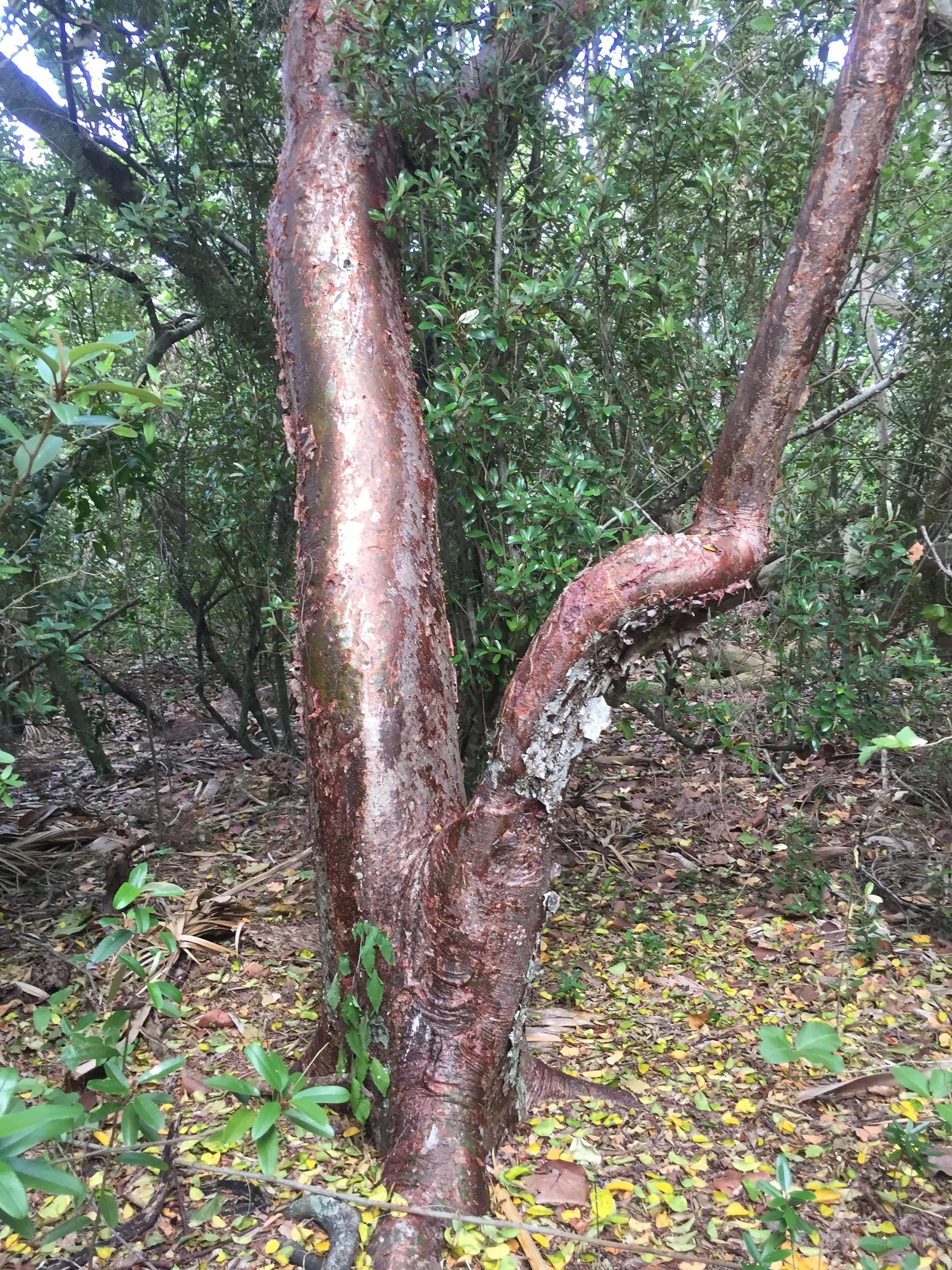 |
The gumbo limbo tree is just one of the champion trees found on the Audubon Islands, along with native fig, limber caper, wild olive, sable palm and more | Download high resolution |
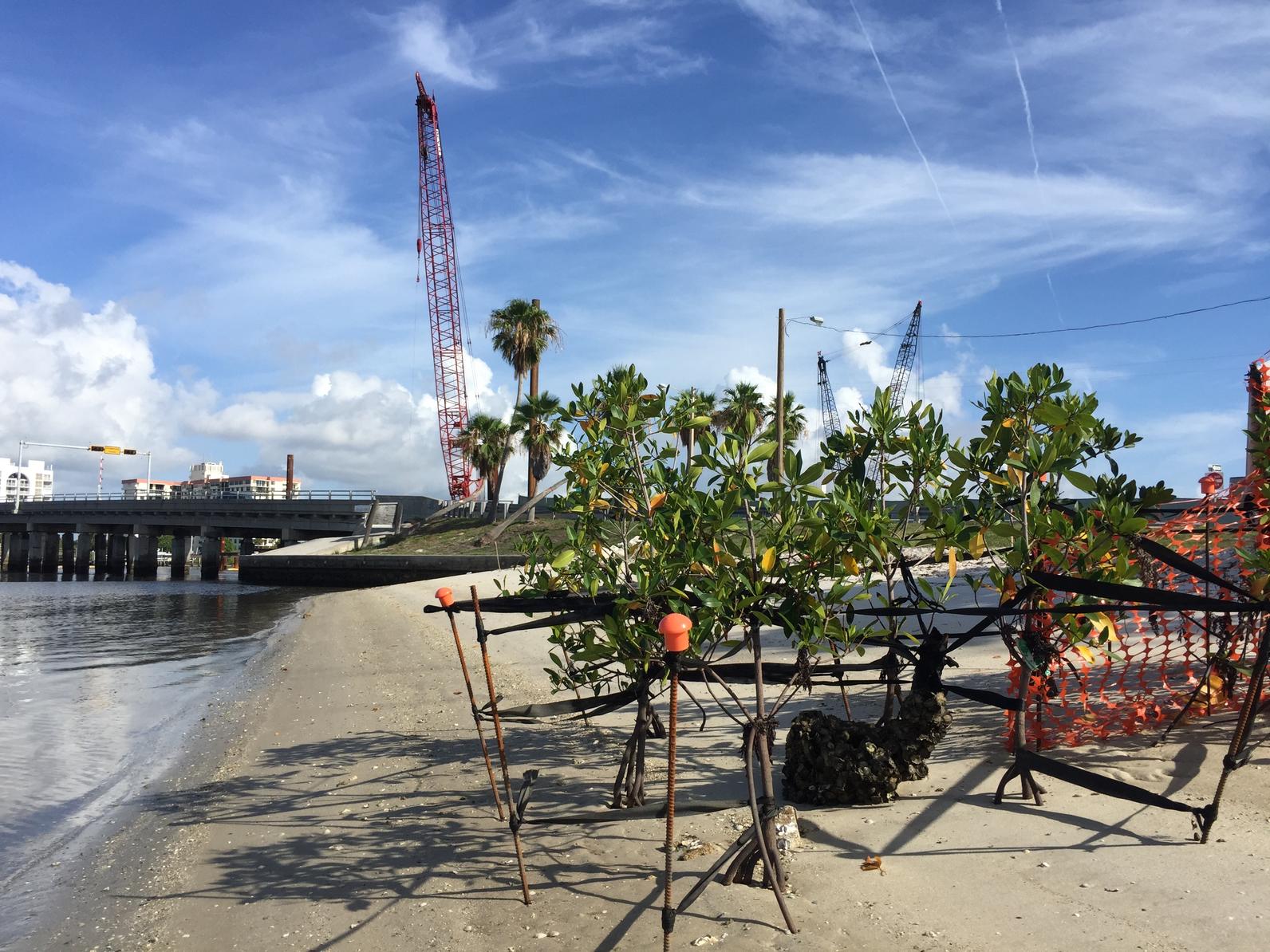 |
After removing the invasive species, the Audubon team is planting new natives on the beaches of Bingham Island to recreate the subtropical oasis in Lake Worth Lagoon | Download high resolution |
A full gallery is also available. Credit to Audubon Florida.

